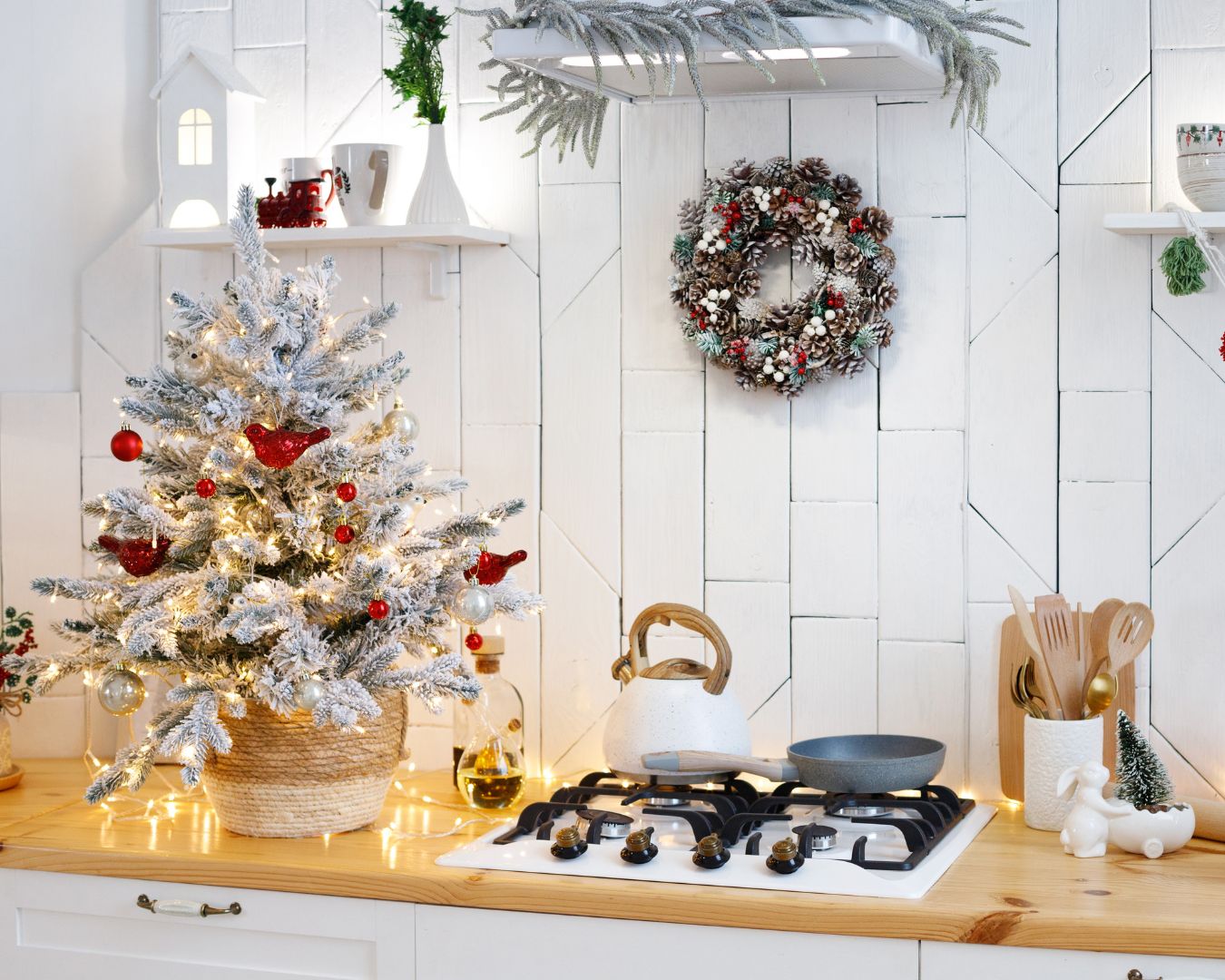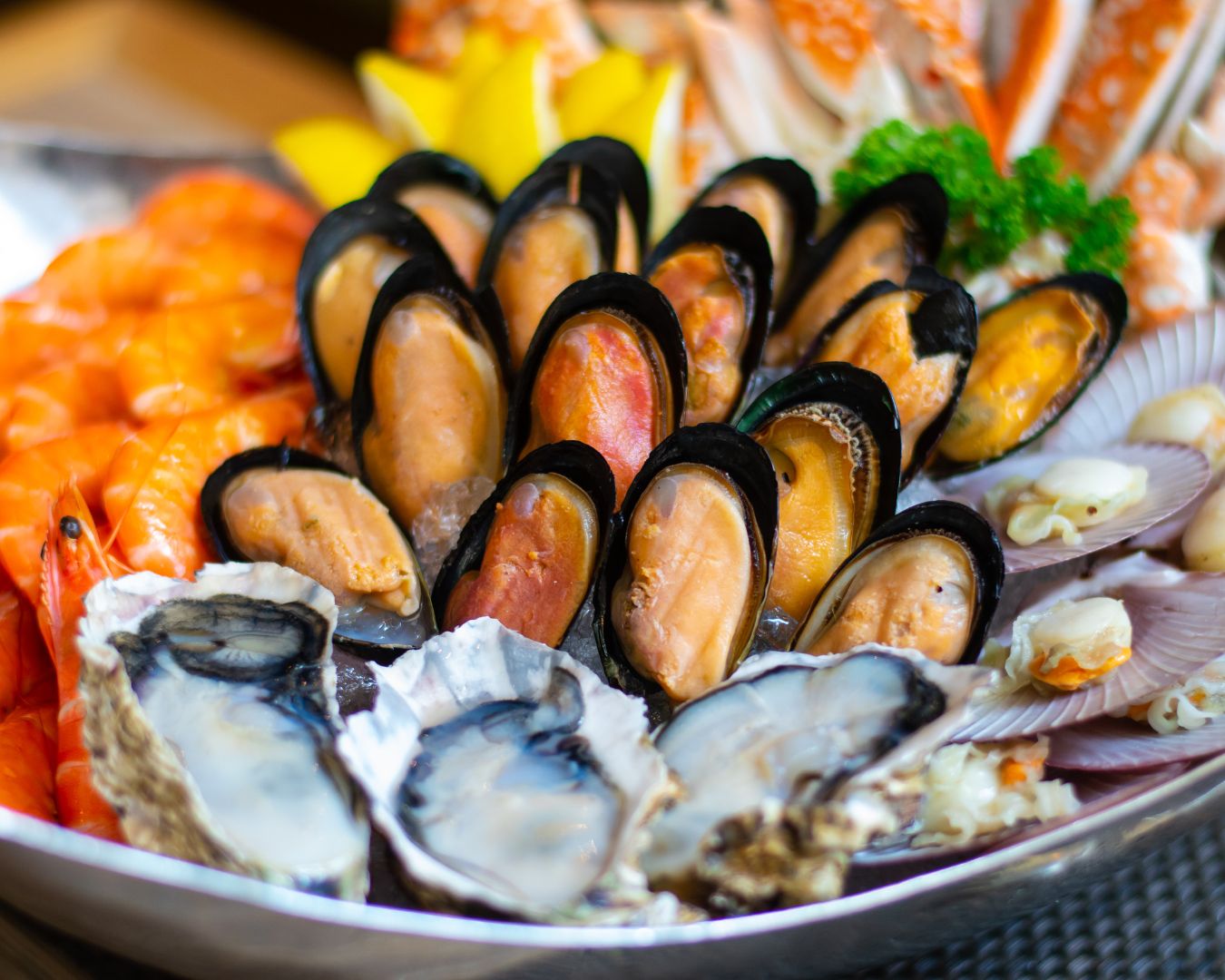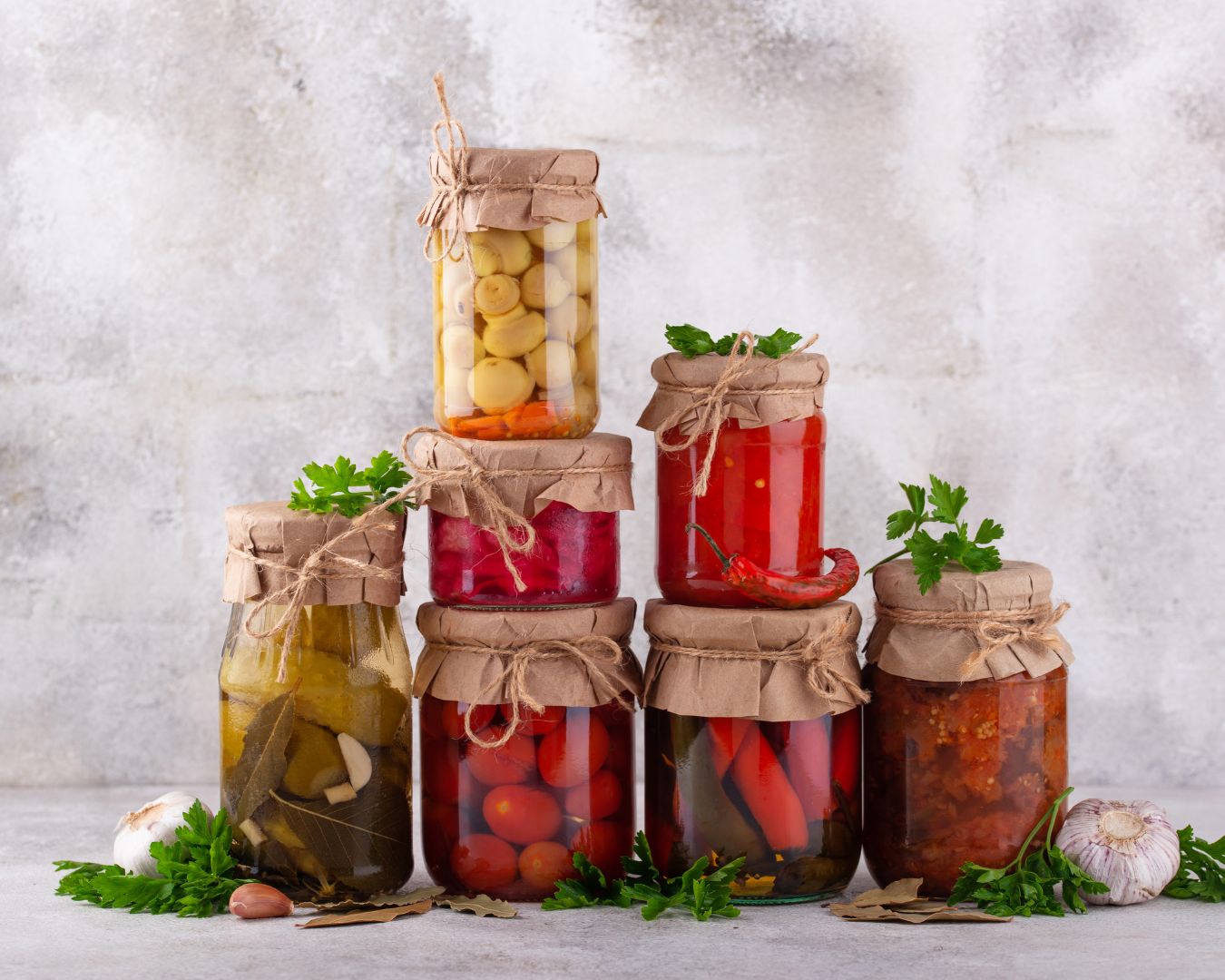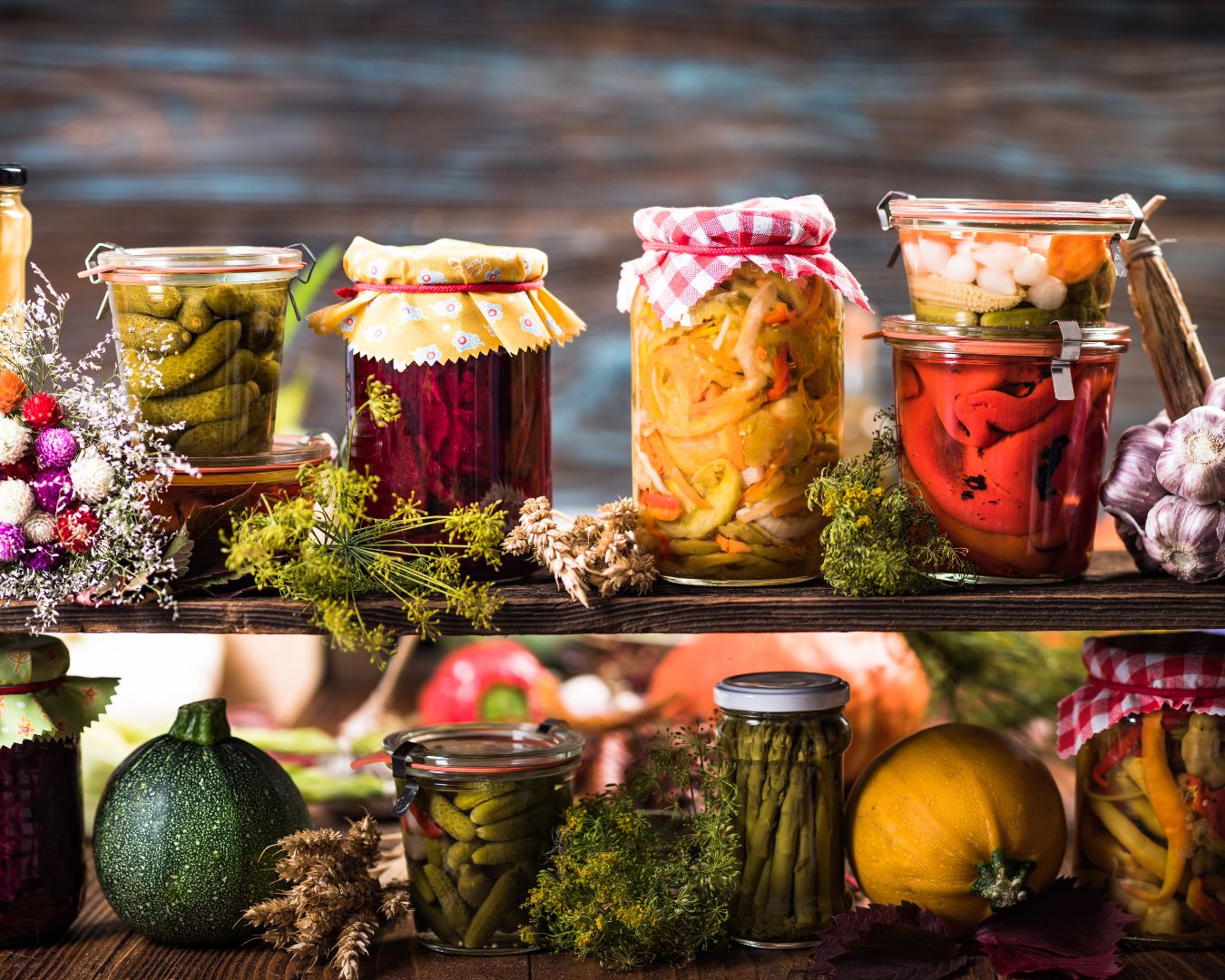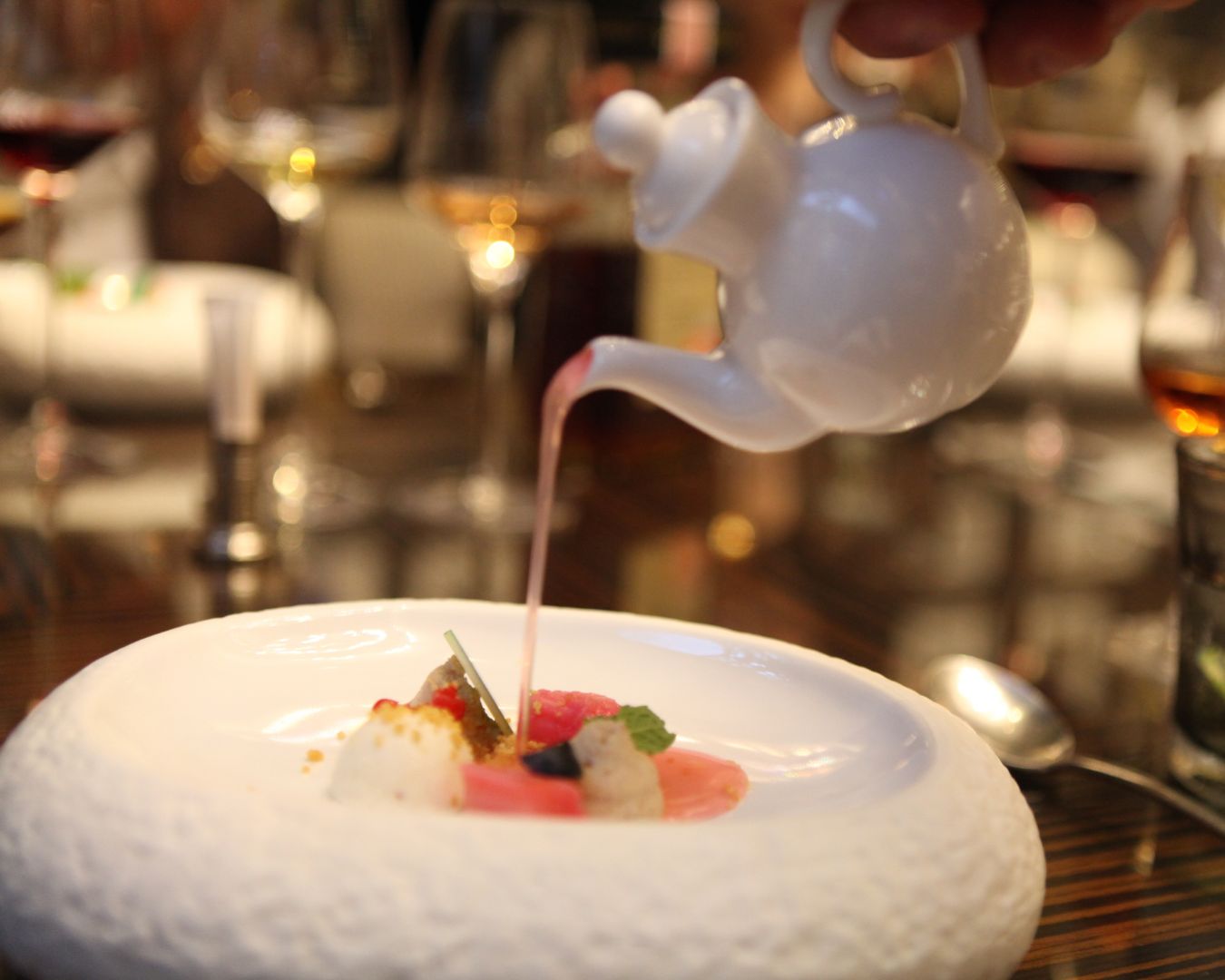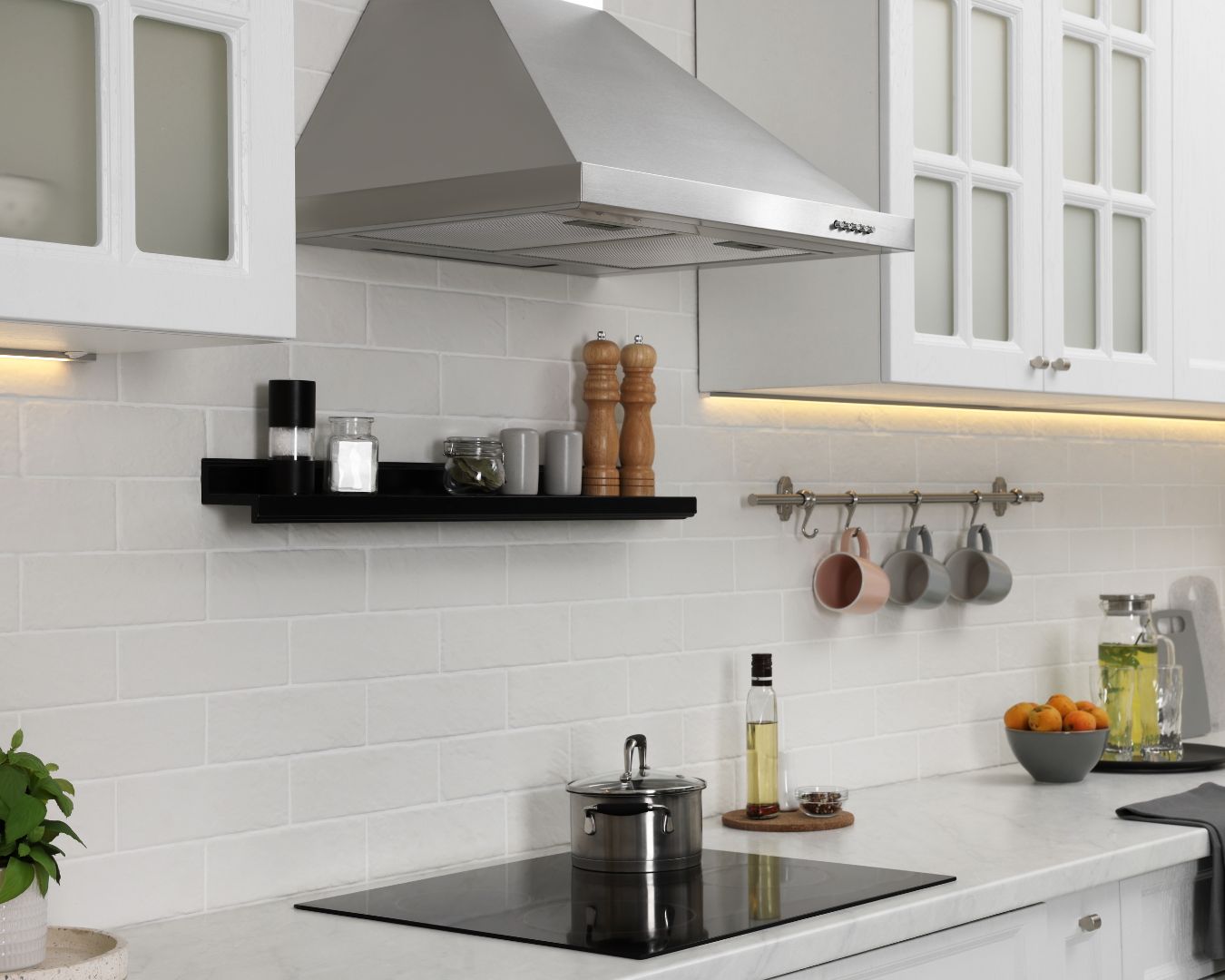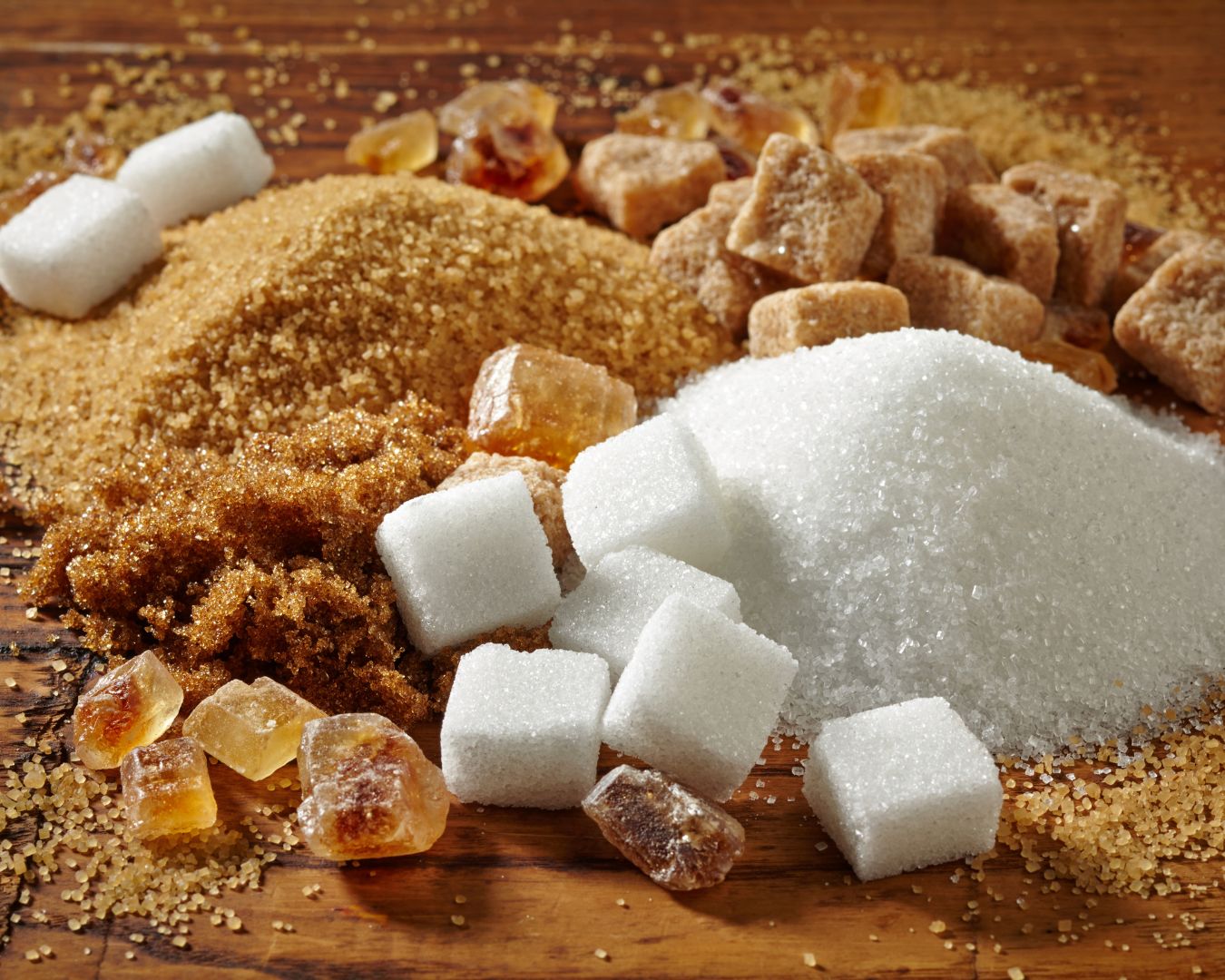Upgrading Your Range: When and Why to Make the Switch
Whether you’re an avid home cook or someone who enjoys the occasional meal prep, your kitchen’s range is at the heart of many culinary activities. But like any appliance, ranges have a lifespan, and at some point, you might start noticing signs that it’s time for an upgrade. In this blog post, we’ll explore the key reasons for upgrading your range and when it’s the right time to make the switch. 1. Your Current Range is Inefficient One of the most common signs that it’s time to upgrade is inefficiency. If you notice your meals are taking longer to cook or aren’t cooking evenly, your range may not be distributing heat properly. This can be particularly frustrating for precise recipes that require accurate temperatures. Upgrading to a more energy-efficient model not only improves cooking performance but also reduces your energy bills in the long run. Why Upgrade?Modern ranges, especially those with convection settings, circulate heat more evenly, resulting in perfectly cooked dishes every time. Energy Star-rated ranges use less electricity or gas, which is a win for both your wallet and the environment. 2. You’re Cooking More at Home With the growing trend of cooking at home for health and budget reasons, many people find themselves using their range more frequently. If your current range isn’t up to the task of daily use, it might be time for an upgrade. Higher-end ranges can handle the extra workload and come with advanced features like multiple burners, quick preheat, and built-in temperature probes. Why Upgrade?Upgrading to a professional-style range can make home cooking more efficient and enjoyable. Features such as double ovens, larger burners, and integrated griddles give you the flexibility to experiment with more complex recipes or cook for a crowd. 3. Outdated Technology Technology in the kitchen has come a long way. Older ranges may lack modern conveniences such as smart controls, self-cleaning options, or induction cooking capabilities. If you’re someone who enjoys the latest tech and wants more control over your cooking process, it might be time to consider upgrading. Why Upgrade?Newer models offer smart features like Wi-Fi connectivity, allowing you to monitor and control your oven from your smartphone. Induction ranges provide precise temperature control and faster cooking times, making them ideal for tech-savvy home cooks. 4. Frequent Repairs If you find yourself constantly calling the repair technician, you might be spending more money on repairs than your range is worth. While occasional repairs are normal, frequent breakdowns are a sign that your range is nearing the end of its life. Why Upgrade?A new range may seem like a big investment, but if you’re spending hundreds of dollars annually on repairs, an upgrade will pay for itself over time. Plus, newer models come with warranties and are often built to last longer than older ranges. 5. Aesthetic and Functional Kitchen Upgrade If you’re in the process of remodeling your kitchen, upgrading your range can be the perfect finishing touch. Modern ranges come in various styles, from sleek stainless steel to retro designs that match any kitchen aesthetic. Moreover, upgrading to a range with more advanced features can increase the functionality of your space. Why Upgrade?A new range can become the centerpiece of your remodeled kitchen. It enhances both the form and function of the space, making it not only more enjoyable to cook in but also adding value to your home if you ever decide to sell. 6. You Want More Cooking Versatility Are you a budding chef looking to explore new cooking techniques? Modern ranges come with features like convection cooking, air fry modes, and griddles built right into the cooktop. These versatile options can open up a world of new cooking possibilities that your old range simply can’t provide. Why Upgrade?Convection cooking can bake faster and more evenly, while air-fry settings offer a healthier way to achieve crispy results. Having these options right at your fingertips can inspire creativity in the kitchen, making cooking more fun and rewarding. When to Make the Switch If your range shows signs of inefficiency, needs constant repairs, or simply doesn’t fit your cooking needs anymore, it’s time to consider upgrading. Here are a few tips on when to make the switch: Upgrading your range can transform your cooking experience. Whether you’re looking for better performance, smart features, or just a new aesthetic to match your kitchen, making the switch can make a big difference. Keep an eye out for the signs mentioned above, and when the time comes, choose a range that fits both your cooking style and your kitchen’s needs.


